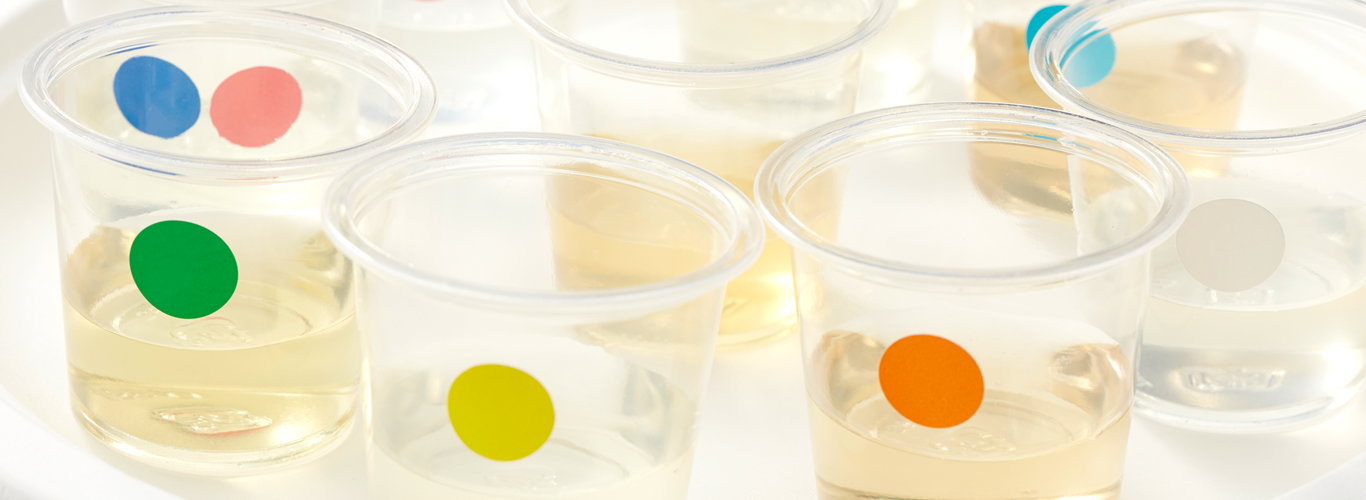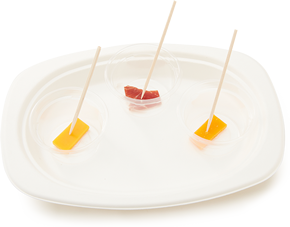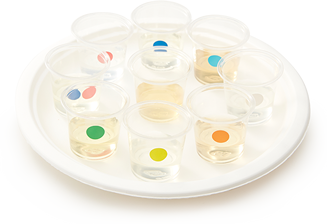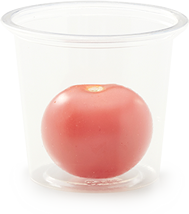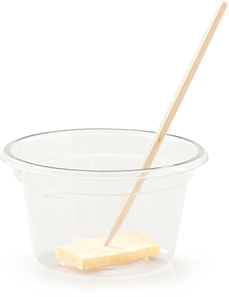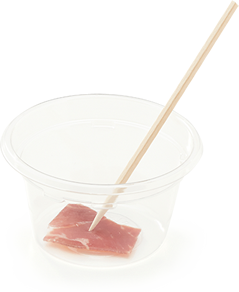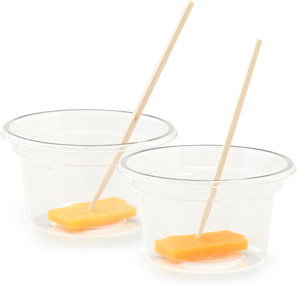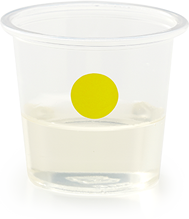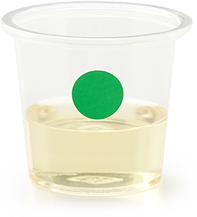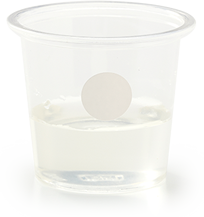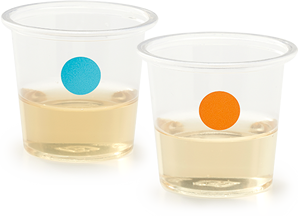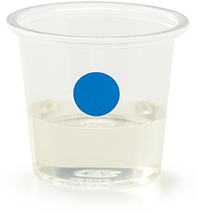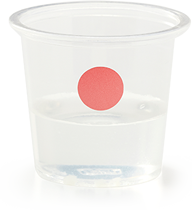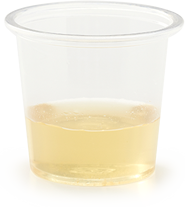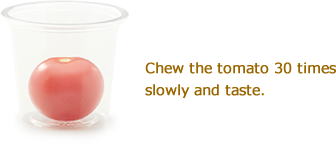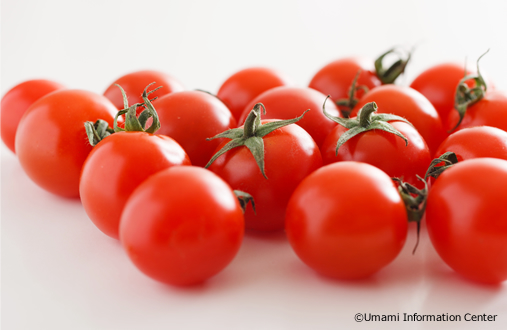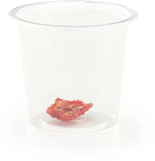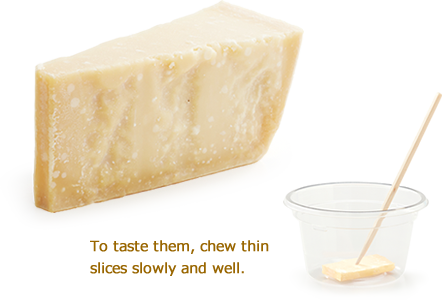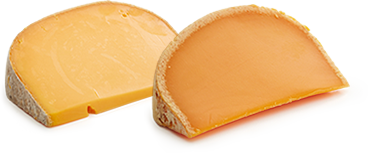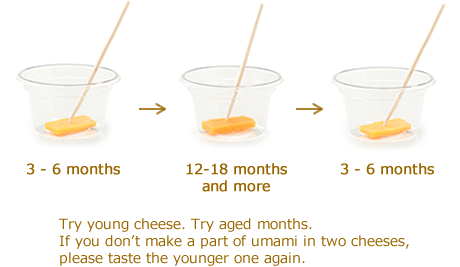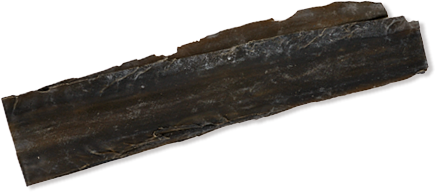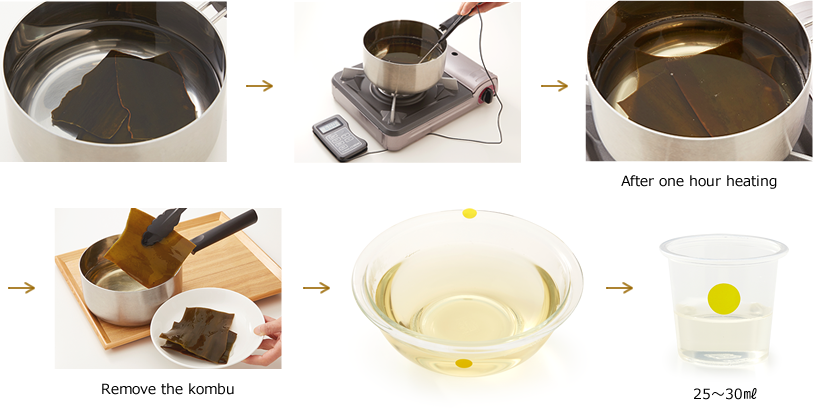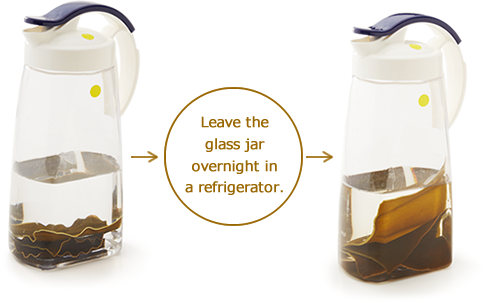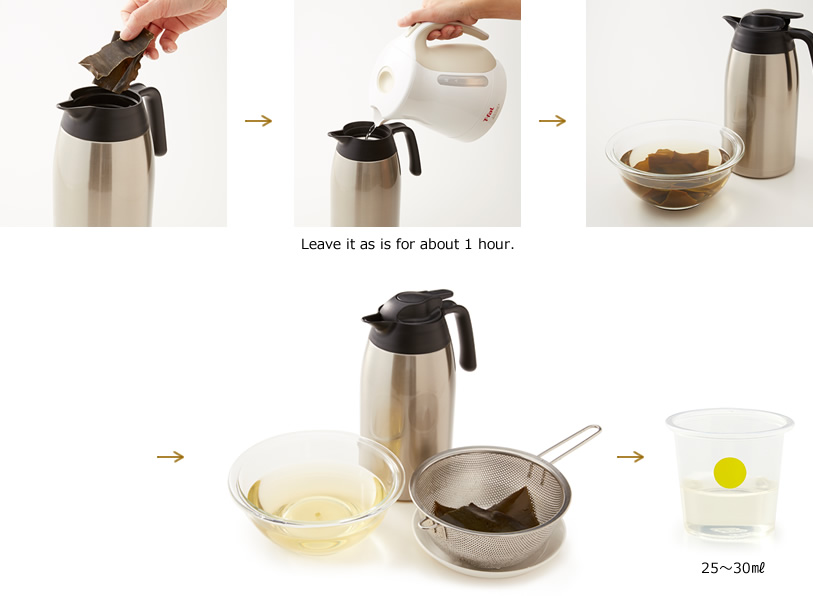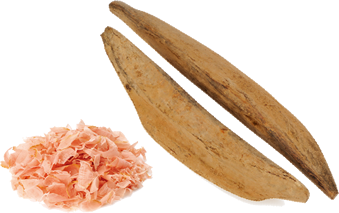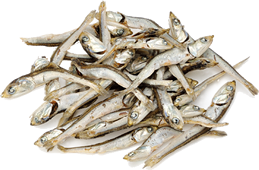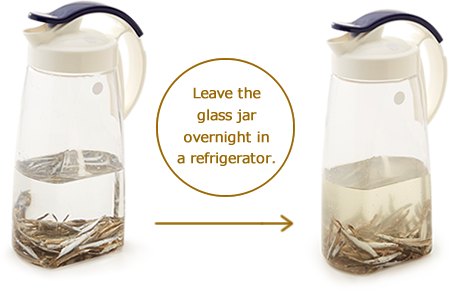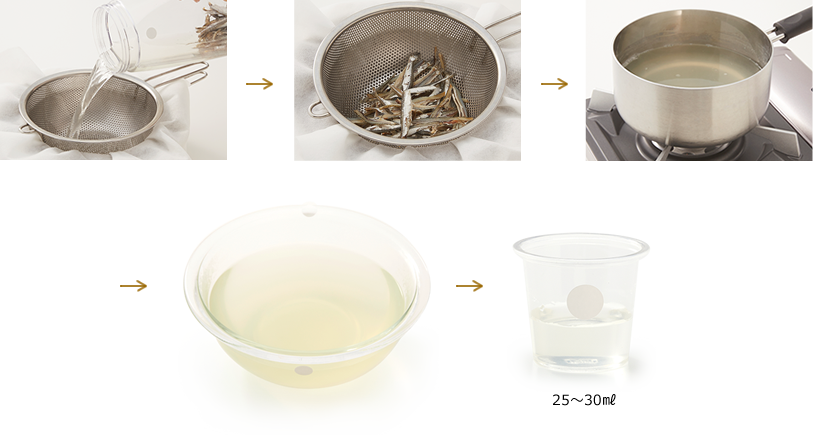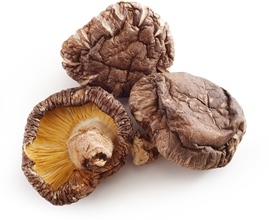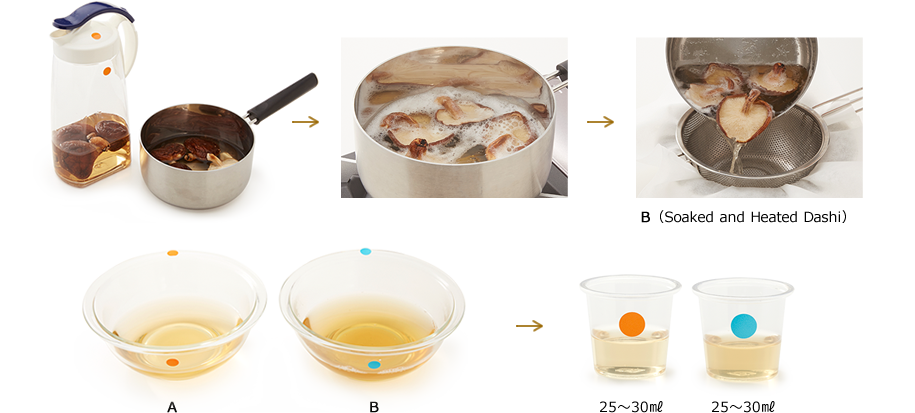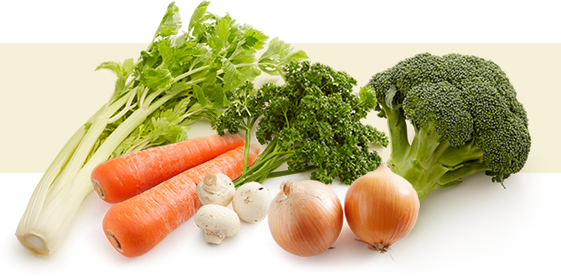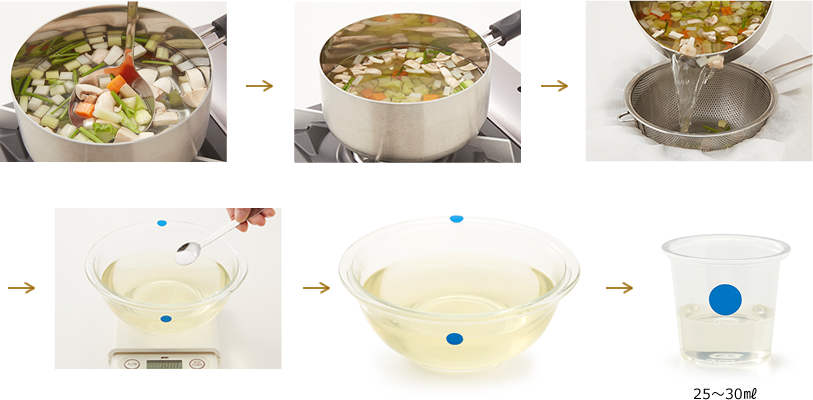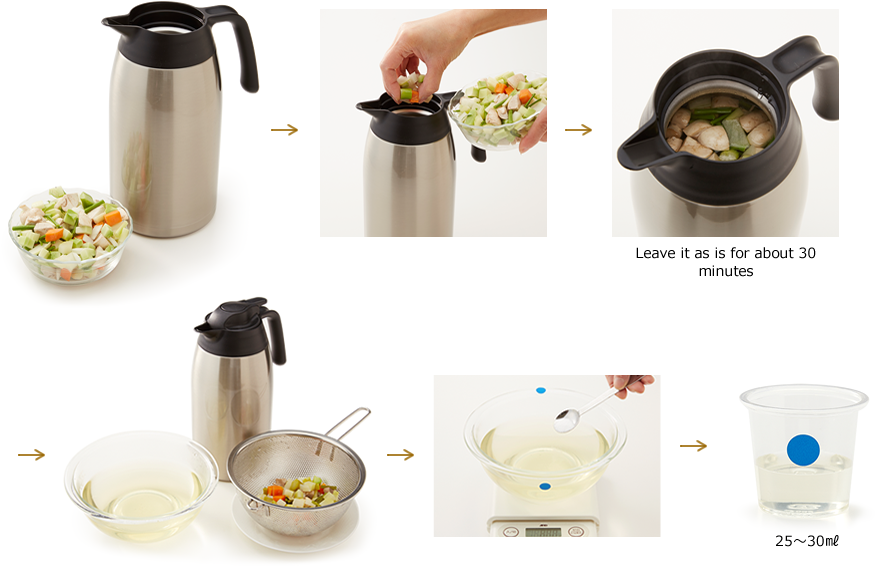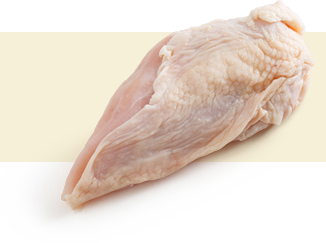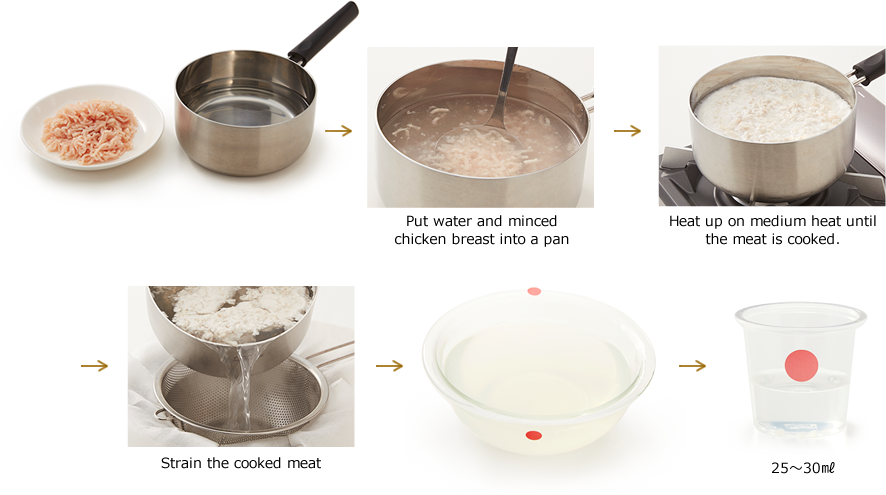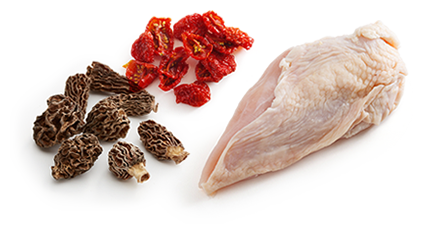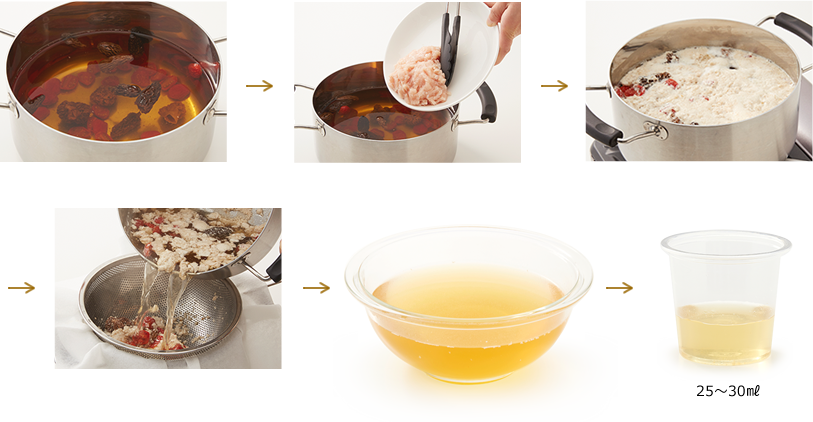The taste and flavor of Katsuobushi vary depending on the part of the body (back part, stomach part, half body) used, whether it is with or without chiai, the red bloody muscle part, and with or without the
molding process even if the same bonito fish is used. In addition, shaving styles differ. There are basically two methods: Atsukezuri, thick shavings for long cooking times and Usukezuri, thin shavings for
short cooking times to expand surface area. The Umami Information Center chooses Hon karebushi (*) without chiai, thinly shaved aiming to yield more inosinate rich and less fishy flavored dashi. (For more
information on Katsuobushi →)
*Hon karebushi : This type has undergone the entire process including molding.
How to Prepare
|
Ingredients:
|
- ・30 g (1.1 oz.) of Katsuobushi flakes (3% weight of water)
- ・1 L (33.8 fl oz.) of soft water*
*The Umami Information Center uses soft water with low mineral content.
|
Ingredients:
- ・30 g (1.1 oz.) of Katsuobushi flakes (3% weight of water)
- ・1 L (33.8 fl oz.) of soft water*
*The Umami Information Center uses soft water with low mineral content.
Preparation:
- 1. Pour the water into a pan and heat it up.
- 2. Turn off the heat and wait for the temperature to reach about 85℃. (185ーF). Add the bonito flakes all at once.
- 3. Wait for a while until the flakes sink to the bottom of the pan.
- 4. Using a strainer, strain the dashi through a cotton cloth or kitchen paper.
- 5. Pour it into tasting cups when its temperature reaches about 60℃. (140ーF)
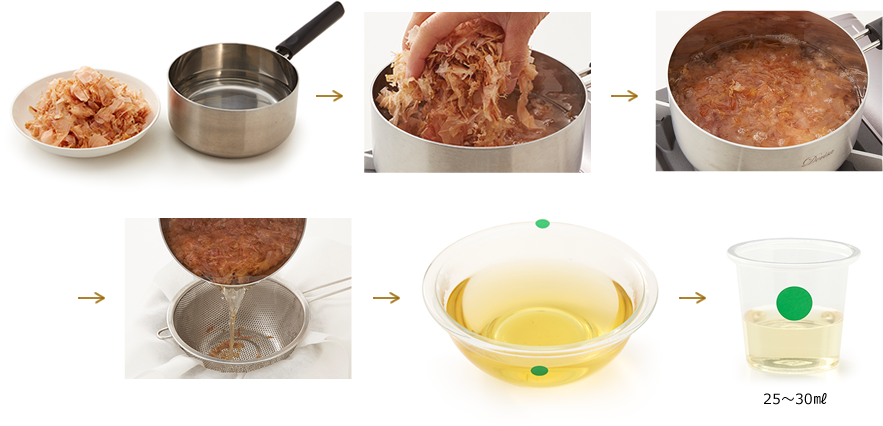
Note:
*Using two strainers and placing a sheet of kitchen paper in between will help the bonito flakes to mix into the dashi.
*Using a thermos pot, you can serve the dashi at a good temperature.
How to Taste
- Pour 25ml ~ 30ml (1 fl. oz.) of dashi into a tasting cup.
- Sip half the katsuo dashi and allow it to spread over your tongue.
- Sip the other half of the dashi and do the same.

